How Hail Damages Different Roofing Materials
Here in Georgia, hail
happens. It’s a fact of life during both spring and fall and in some cases
a hailstorm can be pretty destructive. We’ve seen hailstones as big as tennis
balls!
How can you protect your roof from hail, and what do you
need to know about the damage it can do? Here’s what your local roofers at
Accent Roofing want you to know about what hail does to different
kinds of roofing materials.
Asphalt Shingles:
Hail takes its biggest toll on asphalt shingles, which also happen to be the
most common roofing material used in the southeastern U.S. Shingles can be
displaced or broken/cracked around their edges after a hailstorm.
Invisible-but-serious damage can be caused if hailstones strip the granules off
asphalt shingles without harming the shingles themselves; the granules are what
protect the shingle structure from UV degradation and moisture intrusion.
Slate Tiles:
For the most part, hailstones are no match for beautiful slate roof tiles, but
we’ve seen damage occur during particularly strong storms! Hail can crack slate
tiles themselves, but storm damage is more likely to cause them to simply break
free of their fasteners and become loose. If a slate shingle randomly falls to
the ground on a clear day, it might have been long-ago loosened by a hailstone.
Wood Shingles:
Wood shingles are attractive but they’re not the most durable roofing material
in existence. Hail can crack wood shingles along the grain which allows
moisture to seep into and underneath the shingle itself. Ensuring wood shingles
are properly sealed helps protect them against the effects of storms.
Skylights:
As you might imagine, you don’t want to be standing under a skylight in the
event of a hailstorm! Most modern skylights are glazed with a super-strong top
layer to prevent cracking or chips, but it’s not impossible for a hailstone to
damage a skylight (or even an exterior window.)
Gutters: Gutters
are some of the most underrepresented victims of hailstorms. Your gutter system
is integral to the overall performance of your roof and it works best when all
its components are aligned perfectly. Hailstones can knock gutters off of their
hangars, dent gutters and gutter forms, and move debris around in a way that
clogs gutters over time.
What to do After a Hail Storm
If a hail storm has come and gone, the first thing you
should do is take a walk around your property. Look for signs of visible damage
such as missing shingles or broken windows, but don’t assume that just because
you don’t see anything, no damage was incurred.
After any size
hail event, it’s always best to call
in a roofing professional for a comprehensive inspection. Some roof damage
caused by hail is impossible to detect from the ground but can lead to
long-term issues down the road. Don’t let a forgotten hail storm lead to leaks
in your attic weeks or even months from now.
Need help after hail?
Accent Roofing is your trusted Atlanta roofer.
Contact us today to
schedule your inspection.
Source: Roofing Maintenance


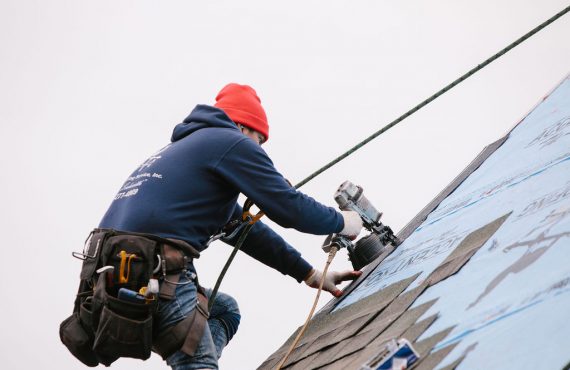
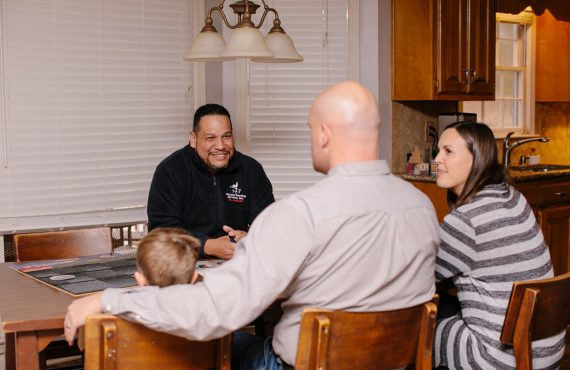
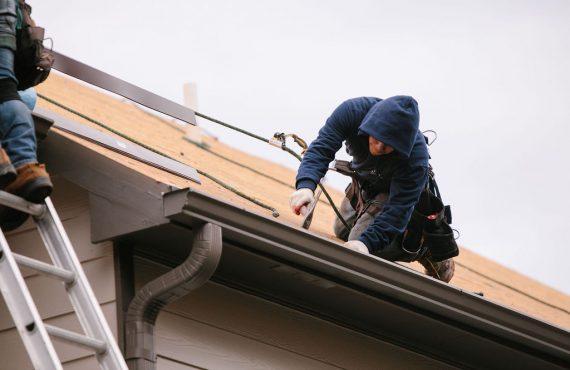

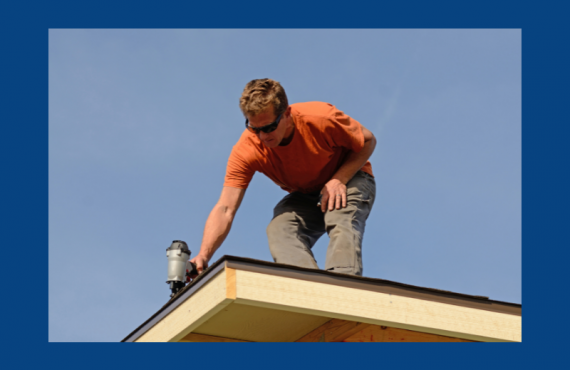

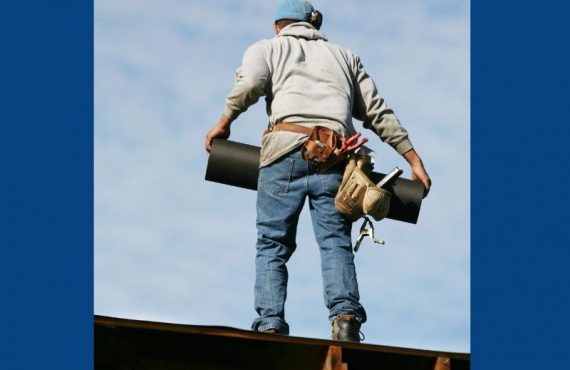
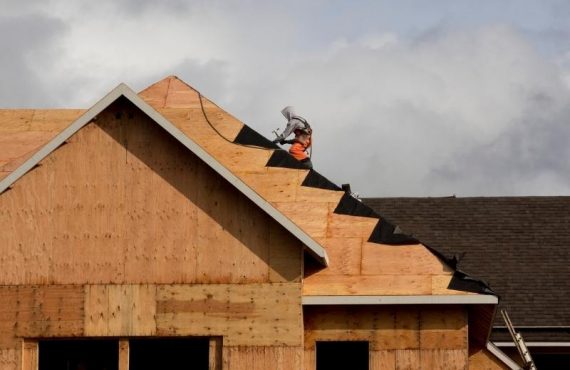

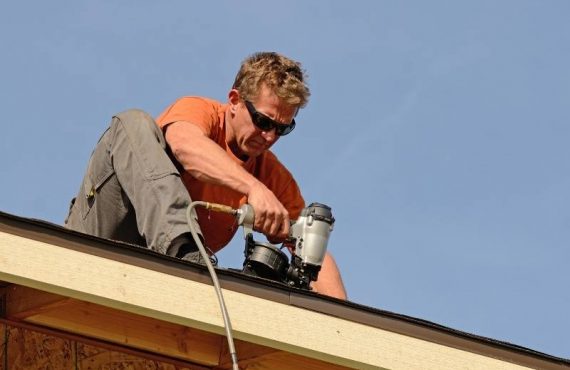
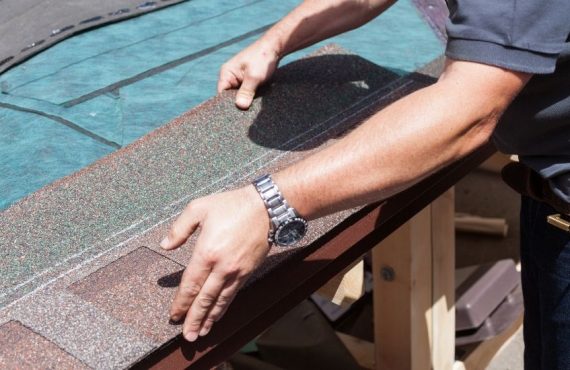

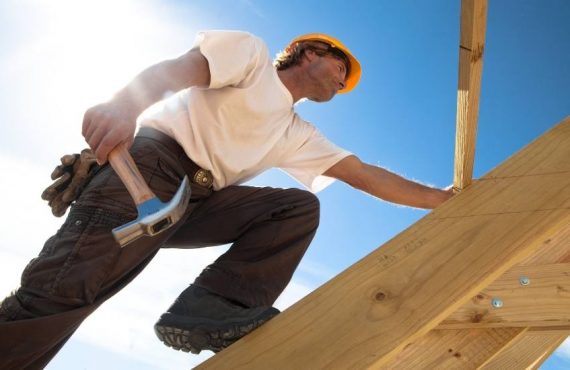



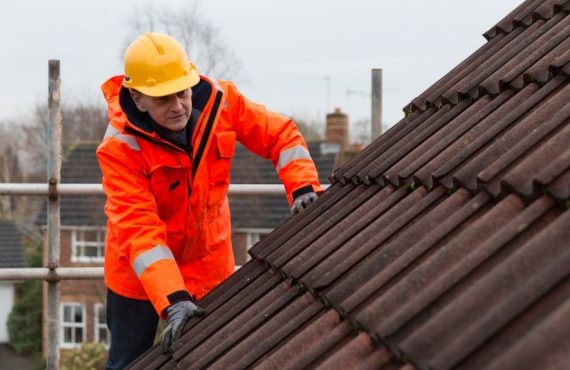
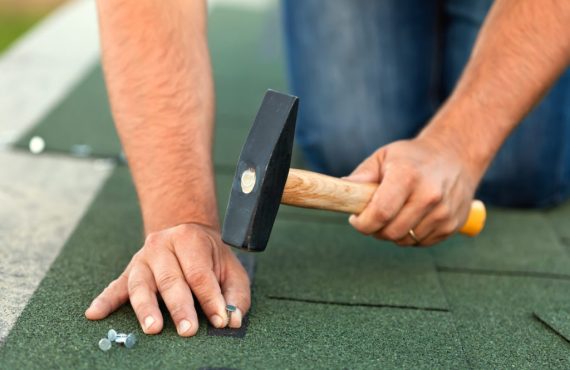
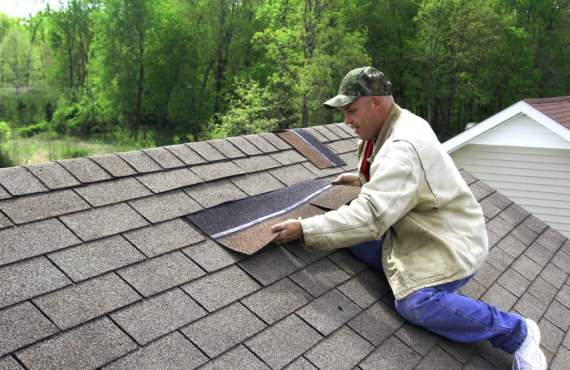

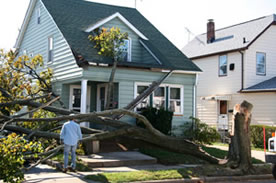


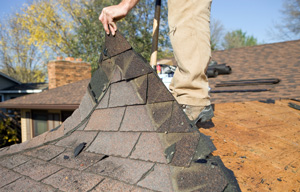


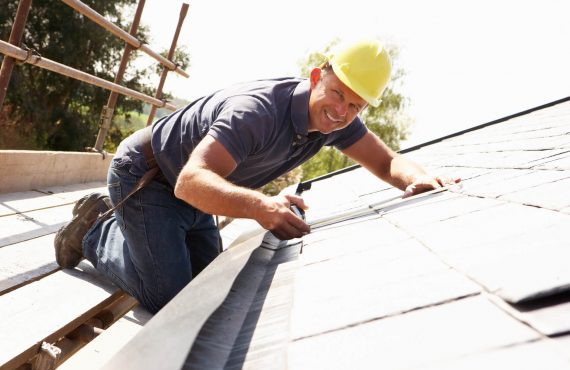

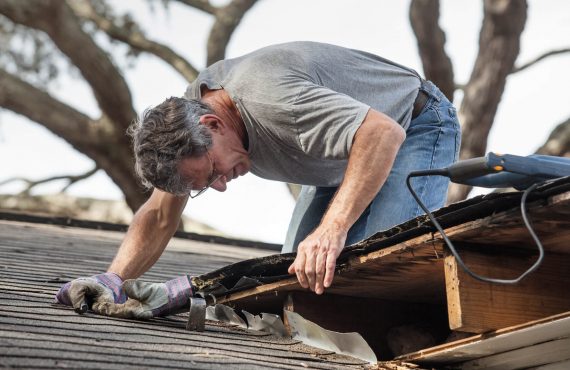


No comments yet.